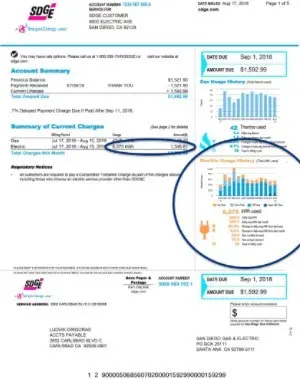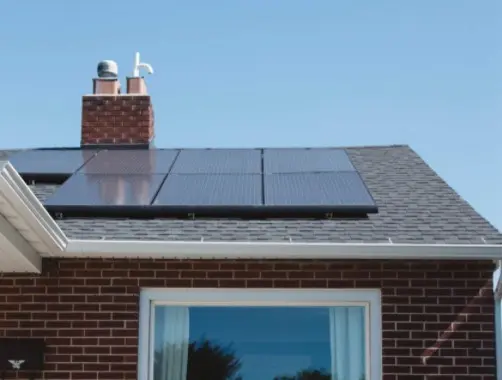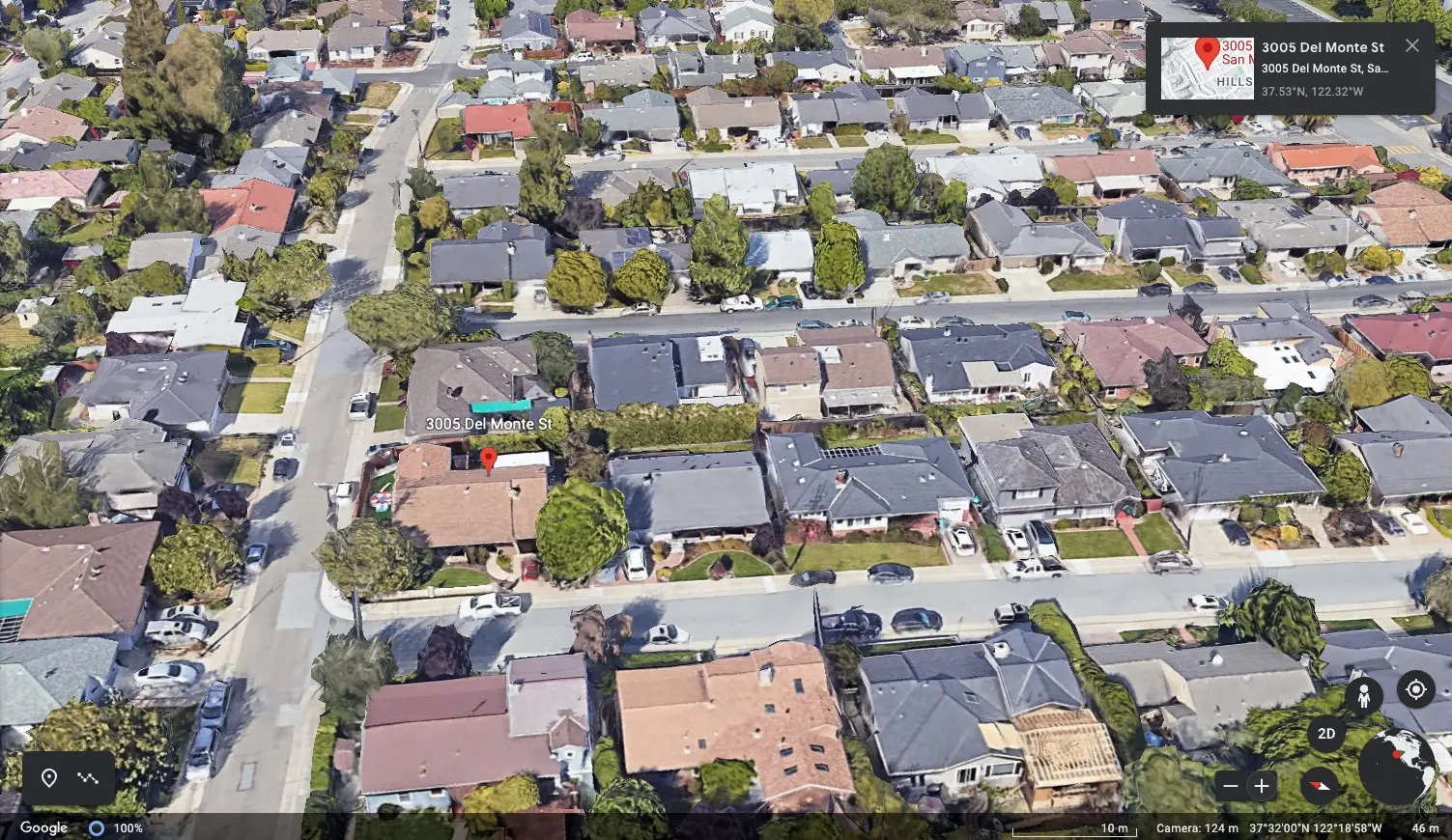
Solar Training: Discovery Call
Discovery Call
The Discovery Call is the first chance you must make a great connection with your homeowner. It’s important to keep this part crisp and simple.
Remember that the Discovery Call has a clear focus: to get a copy of the electric bill and determine the eligibility of the home for solar so a proposal can be made.
This is not the time to “sell solar”.
Why do we need to get the electric bill?
We need to know how much energy is used - how much energy they use determines the size and the cost of the system.
The electric bill provides the usage information, the rate information and information needed for a project to process like the account and meter numbers. It is so vital to the process that M1 commissions will not pay until a clean, recent utility bill is submitted.
What do we need to determine in a discovery call?
We need to work out the answers for these three points to determine if a home is eligible:
- The amount of energy they use per year
- The amount they pay for a Kilowatt Hour
- The roof and area around the home
Let's break down some of the points below and have a look at some of the ways you can gather this information during the discovery call. Before hitting the continue button, can you think of questions you might ask to get this information from your client?
How and why do we get this information from our clients?
Step 1: Find out how much energy they use per year

Why do we do this?
Remember, how much energy they use determines the size and the cost of the system.
How do we do this?
Keep it conversational. Ask a question like:
“Do you happen to know how many Kilowatt hours you used last year?”
If the answer is YES, follow up with:
“Excellent! We should verify your usage. The best way to find that information is by reviewing the electric bill together. Do you have one handy?”
If the answer is NO, follow up with:
“The best way to find that information is by reviewing the electric bill together. Do you have one handy?”
If you are having this conversation on the phone, you can have the customer email you a pdf of the utility bill. Your goal is just to get the utility bill so you can create the proposal.
Step 2: Find out what they pay for a Kilowatt Hour

Why?
As well as providing the amount of usage that needs to be offset, the utility bill shows how much they pay for a Kilowatt hour of energy. This will determine the value proposition and savings they will see.
This will let us know if it makes sense for the homeowner to consider solar. You can see in the image above where to find how many Kilowatt hours they're using and what they're paying for it.
Note: If you already got the bill in previous step, then you can just look at the price per kW there and tell the user that their average price is really high like $0.20 per kWh (you can calculate that by diving the monthly payment by their consumption that month). If not, then you will reiterate why it’s important to look at the electricity bill for an accurate system and savings analysis.
How do we get this information?
Again, keep it conversational. Ask a question like:
“Do you happen to know how much you pay for a Kilowatt hour of energy?”(Most people have no idea, so this is an ideal time to ask for an electric bill). If they answer YES, follow up with:
“Excellent, we should verify your rates. The best way to find that information is by reviewing the electric bill together. Do you have one handy?”
If they answer NO, follow up with:
“The best way to find that information is by reviewing the electric bill together. Do you have one handy?”
and if not, or after you've looked at the bill,
“Can you send that to me by email/text?”
Step 3: Find out about the roof and area around their home.

Why?
This is a crucial step that may or may not disqualify the house from being a good candidate for a solar system.
How do we ask about this?
Again, keep it conversational. Ask a simple question like:
“Do you happen to know what your roof is made of and how old it is?”
If they ask why you're asking, you can respond with simple answers like these:
“By looking at your roof, I will be able to tell where the panels should be placed for the best overall solar production and see if there is any reason your home isn’t eligible.”
“There are 130 Million Single Family Homes in the USA. Only 90 million are eligible for solar. If your home is one of the 40 million who aren’t eligible, I don’t want to waste your time”
Sometimes it's easiest to assess a house, or a group of houses, by looking at an aerial view. As you can see in this image, it's easy to identify the houses with obstruction free south facing roofs.
Use Google Earth - https://earth.google.com. Ask the homeowner to open Google Earth as well and look at their roof. This will engage the homeowner more and you can point out to their neighbors who have gone Solar.

Once you've got the information you need, you can finish off the conversation like this:
“I will check again with our engineers to make sure your roof is eligible, and if everything looks good, then we will set up a time for a consultation to review your free design and savings proposal.”
Summary:
The Discovery Call is all about working out whether your prospective client's house is a good fit for solar. To decide that it's imperative that in the discovery call you get a clean, recent copy of their electricity bill and information on the following:
- The amount of energy they use per year
- The amount they pay for a Kilowatt Hour
- The roof and area around the home